

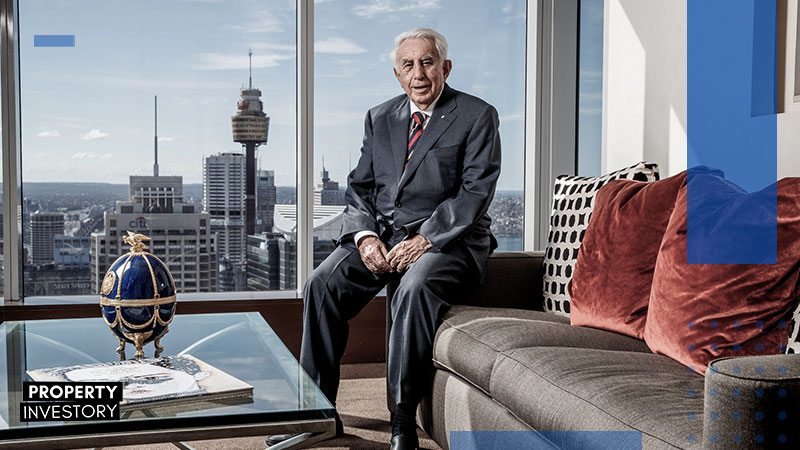
In 1960, Harry Triguboff arrived in Australia in his late 20s after already starting a career in the textile business in two different countries. An enthusiastic businessman, he went on to build his first block of apartments.
At a time when his contemporaries had their eyes on buying single-family houses, he thought out-of-the-box and dared into apartment developments.
Soon after—at just 30 years old—he founded the apartment-tower development company, Meriton, which currently has a strong presence in Sydney and southeast Queensland.
To date, Triguboff has put up more than 75,000 apartments—which happily gives merit to his nickname as ‘High Rise Harry’.
It’s no wonder that he has become the country’s most successful residential property developer. Also, perhaps you’ve heard about it: In 2019, Forbes dubbed him as one of the richest people in Australia.


In a nutshell, real estate development or property development is the business of developing, buying, renovating and converting land or buildings to give them a higher use-value.
A property developer is aptly, therefore, an entrepreneur who adds value to property or land.
And compared to property investment, property development—when ventured into with the right planning, know-how and strategies—can potentially yield considerably higher returns.
And that is precisely what property development billionaire Harry Triguboff has done.


Certainly, Triguboff did not arrive where he is now without living out key principles and applying them in building his business in property development.
Here are four big things we can learn from him:
However, these principles weren’t only what Byron learned from Triguboff. In fact, he discovered what he calls the ‘one simple formula’ that Triguboff used to achieve success in the real estate market.

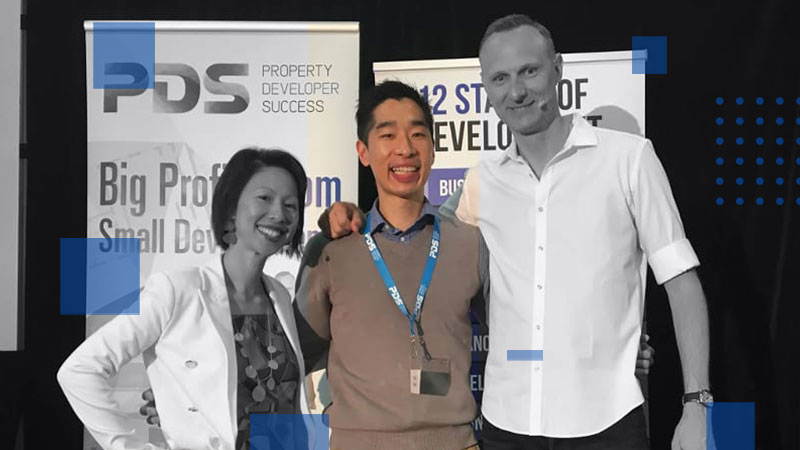

In 2008, Jason John Byron shifted gears and became a professional property investor and developer after 20 years of being a cameraman in the media industry.
From starting with a deposit of only $14,000 on a house to reaping a massive multimillion-dollar real estate portfolio eight years later, Byron has proven that the system he modelled from Triguboff is the real deal.
Now, Jason shares the specific strategies you can use to kick-start your adventure in real estate or property development.
Here are Jason’s 12 stages of development that make up the system behind Triguboff’s success.
So, check out this time-tested strategy divided into 12 practical stages towards property development success!
This stage is all about developing the right mindset before venturing into the business.
Sure, just as in all kinds of business, property development can be daunting and risky to a certain extent.
However, the question is: Will you choose to overcome those fears and move forward?
Once you’ve decided to move forward, you set your goals for your business.
And part of having the right mindset and pinpointing your goals is becoming the type of property developer that responsibly handles money, values branding, and uses all the available resources, like technology!
When Jason and his wife, Amy, realised that their work should not simply be about cash flow, they weighed the option of venturing into property development. Naturally, fear was there.
They both knew there were risks, and they recognised they had certain negative attitudes that were holding them back.
That’s when they decided to change how they viewed the business of property development and eventually set smart goals that would help carry them to success.

This case reminds me of a conversation I had with successful property entrepreneur Nhan Nguyen.
Nhan lives by the philosophy of balancing understanding oneself better and developing the needed skills in property development—which, I believe, is a mindset that helps keep developers ready for their projects from the very beginning.


It’s all about looking into the details—the statistics and the trends—and as Harry Triguboff says, ‘Always understand what people want!’



They met the necessary people and did the work.

Jason made sure that he constantly built relationships with a wide range of people, consultants or potential consultants who could be part of his Dream Team.

In my experience, before I applied Jason’s tips for this stage, the biggest struggle I had in the past was finding tradesmen with a ‘Proven Track Record’ or PTR (those who are reliable and can do the work at reasonable prices).
Jason’s tip has certainly enabled me to work remotely with tradesmen and to manage a property development project from home.
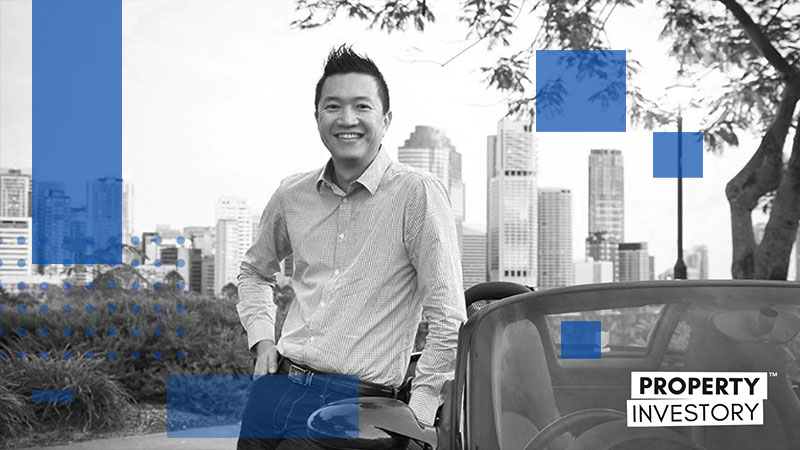
Having your own dream team—or dream teams, for that matter—is evidently worth the investment in your time and effort in building relationships in property development.
Then he deals with the three biggest variables in development framed in these questions:

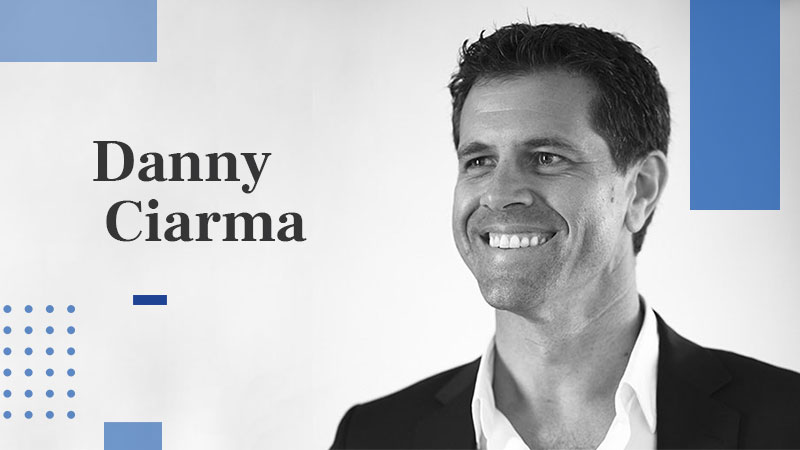
Founder of Urban DC Danny Ciarma actually had the life-changing a-ha moment concerning the importance of financial feasibility in property development.
So, by coming up with a good feasibility for your property development projects, you are one step closer to moving onto the next stage of development efficiently.
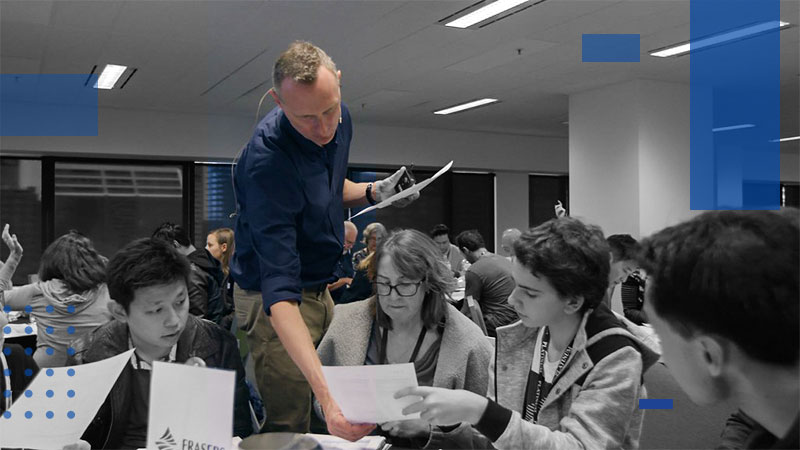
Jason makes sure that he follows the Development Application (DA) process of the area of his project site.
For instance, after he works out the most feasible type of development for a site, he calls a pre-DA meeting; he discusses relevant details between him, the town planner, the architect and council assessors.
They then pinpoint possible objections that might affect his Development Application and determine the best solution which will garner the council’s support.

This stage is definitely one of the most impactful ones in property development. In fact, property developer and real estate investor Rod Pascoe recognised that fact.
For instance, in one of his projects, he and his team looked at a property in Maroochydore that had an existing house with an empty backyard, which could be subdivided and sold off as land.
They initially determined that they had two options for completing the deal.
So, Rod Pascoe decided to go through a detailed Pre-DA meeting process with the relevant people to assess all sides.
Both these scenarios were brought into the meeting.
Rod Pascoe and his team had looked at the previous history of the other similar developments within the area since they wanted to know if the second option could work.
They worked out the details in the meeting, noted down the possible objections and established the best solution that the council would most likely support.

So, they readily walked away without proceeding further—thus, helping them save time and money in the long run on this property development project.

...But wait, I want to share something else with you!
Remember that every development strategy is unique.
To give you a bonus on how to decide on the RIGHT development strategy for you, check out Nhan Nguyen’s free sample chapter on this topic!
He offers valuable insight into where you can discover the very BEST bargains and, yes, how to choose the right strategy you need.
This stage is about keeping up with the details of today’s financial requirements and demand to make sure you receive finance for your property development project.
In Jason’s case, he ensures that he employs an experienced and qualified commercial broker to help him in the overall financial aspect of the project—from the due diligence phase to the purchase of land to construction finance.
As his method in property development is to break down the big picture and address the individual parts within his process until he arrives at the finished product, he oversees the finances with a keen and disciplined approach.

Of course, it is true that this stage can be quite challenging.
But with the combination of taking the best steps and collaborating with the right people in addressing the financial aspect of the business, you can keep up with the needs of this stage and move on to the next one.

This part is one of the most important stages. This stage involves giving your project, the finished product, a robust presence in the market that is, more often than not, competitive.
And one way to do that is to make sure that your physical or online materials for marketing promote your property development project (product) for sales.
One action step that Jason does at this stage is producing a brochure par excellence that sells the lifestyle, story, and vision they’ve created for their property development brand.
Another way he markets his projects or brand is through creating a website using helpful online operations like Wix!
And in selling his ‘product’, he explores different avenues, depending on the project.
In fact, he makes it a point to try to do something different each month.


It’s likewise important to note that this stage should be carefully thought out from the very beginning.
Sam Elbanna, the current managing director of CPM Realty in Australia, recognizes this truth.
He has perpetually built his wealth not necessarily from selling his properties but by investing in property through efficient project marketing.
Quite simply, his project marketing company works on multiple property development projects at different stages of completion with proven efficacy.

Sam Elbanna strongly upholds that successes or failure in marketing happen at the beginning and not at the end of any project—that is why, from the very start, you need to have a plan with marketing done correctly and properties priced correctly.
With that plan, you then must have a good strategy and the flexibility to move with the market when necessary down the road.
It’s good to note that marketing and selling are as important as doing due diligence in property management.

This stage tackles the need for a developer to have a very good understanding of his or her plans.
In order to get the formal certificate for approval for you and your team to start building, you must be organised in managing your consultants—architect and engineers included. That will help pave the way for a seamless start to construction.
Jason emphasizes that a developer is also a project manager.
So, a developer manages his or her builders, looks at the program, as well as reviews the timeline, variations, and budgets. And before a developer starts building, he or she needs to ensure that documentations are in order, especially on all contracts.

It’s like holding a deck of cards in your hands, making sure you are aware of what’s there.
Danny Ciarma actually explains it well when he said: ‘One minute you’ve got your design on marking up plans, then next minute you’re looking at a feasibility, trying to work out cash flow and an internal rate of return. And the next minute you’re talking to the lawyer about an agreement; next minute you’re talking to a builder about construction techniques and types of materials. You need to know a little bit about everything.’
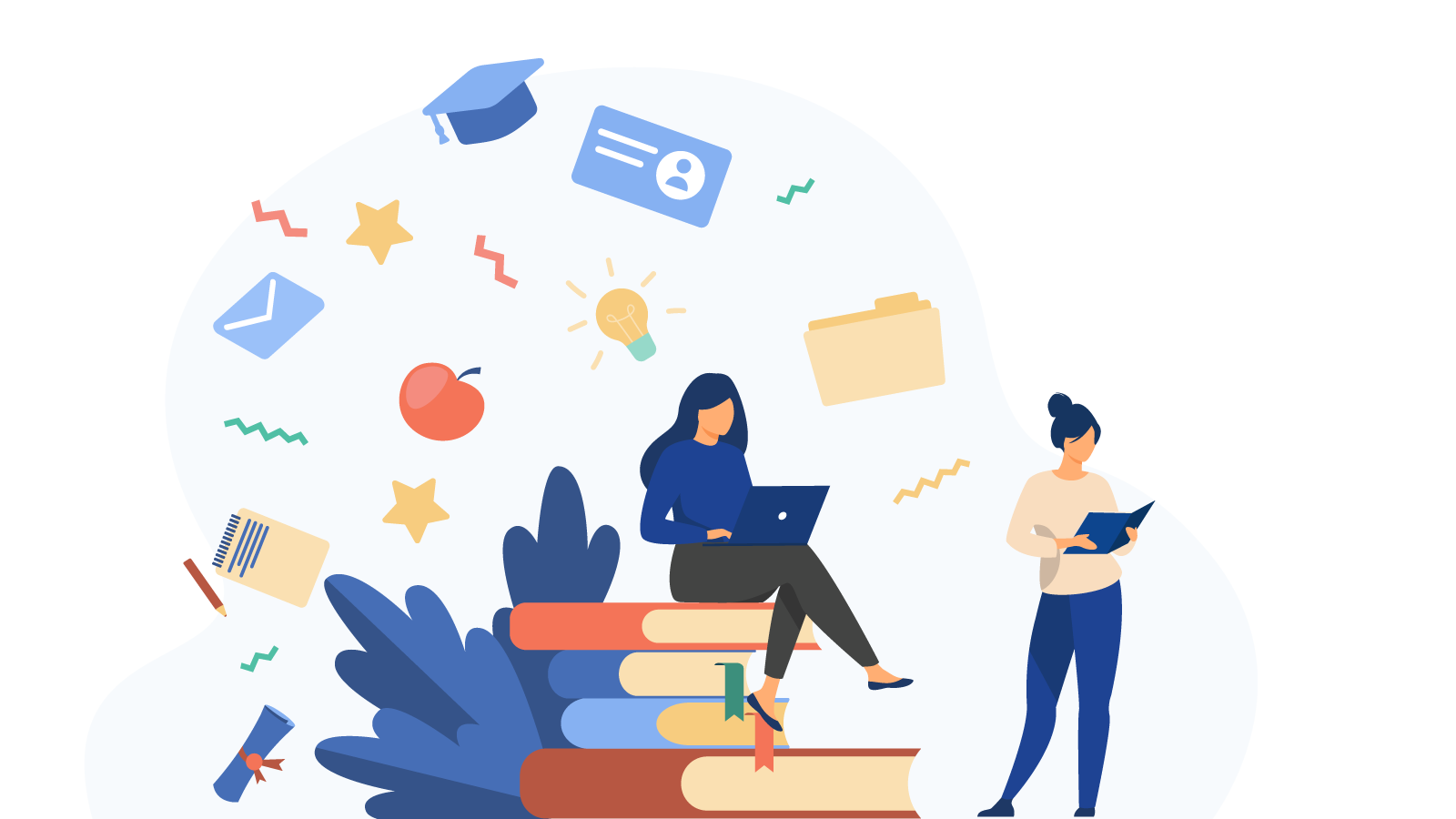
Yes, that’s exactly it: This stage is about constructing the end-product of all your researching, planning and numerous meetings.
All the previous stages have led to this one. Specifically, the construction process starts with finding a reliable and trustworthy builder or the actual person who will be in charge of running the construction.
And for Jason, the construction process involves four steps that starts with getting quotes for his ‘proven track record’ builder and ends with the documentation of the construction certificate and the go-signal to start building.


Now that construction is over and everything is set in their place, the next stage is making sure that the finishing touches are all accounted for—from council plan sealing to settling the titles at the end.
In the final few weeks before Jason and his team finish construction of a property, they’re already mulling over the council plan sealing since they need to think about the titles. He and his team always keep in mind the fact that they only get paid after they get the titles.
So, Jason determines the final details like:

Undeniably, the finishing touches is one of the most exciting parts of property development.
In fact, Danny Ciarma shares that he particularly enjoys seeing how potential purchasers come along and fall in love with the vision he put on paper—a vision that has been made into a finished structure right before their very eyes.

Of course, you may now have completed everything necessary for your property development project, but that doesn’t mean you stop there.
This final stage is all about exploring the many opportunities available out there to get into a good deal—not only for you but also for your potential clients or buyers
Whenever Jason made the finishing touches on a property, he thought about the different ways he could get a development deal together or different ways they could attract finance.
He assessed which was ideal for that specific project—Joint Ventures, Vendor Finance, or Capital Raising, among others. Then once he had looked at it, he chose one that would best fit the project, thus yielding a win-win situation for him and his clients.


All right, so now that you’ve had a small taste of the juicy basics of how to get started in property development and see it through to completion, you’re now left wanting more.
And more than that, perhaps, YOU actually dream of chartering your way in property development, aspiring to be like Harry Triguboff and reaching success along the way.
Maybe, you wish to start soon with one project first? As Jason once shared, ‘Even if you just build one house, that’s property development’.
Perhaps you dream of being the next developer who vigorously thrives in the Australian market like Danny Ciarma with 20 successful development projects in the span of 15 years?
